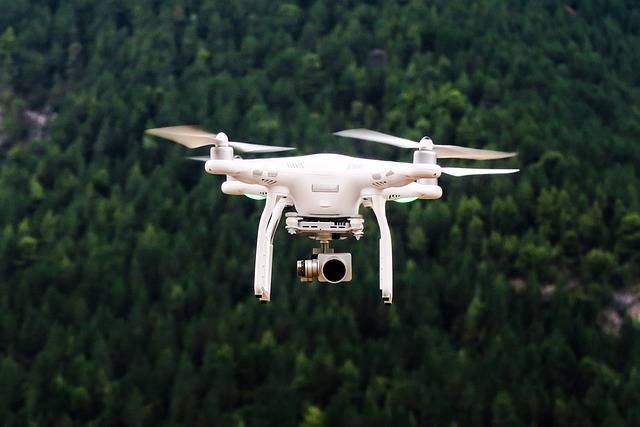Understanding Drone Technology
Drones, also known as UAVs (Unmanned Aerial Vehicles), have become essential tools in many sectors. They offer new ways to gather data from the sky, covering large areas swiftly and safely. Drones fitted with Lidar cameras have become particularly valuable in sectors like agriculture, where they help in creating detailed maps for crop health analysis and yield prediction.
Applications of Lidar-equipped Drones
- Environmental Monitoring: These drones track changes in vegetation cover, erosion, and other environmental factors.
- Construction and Infrastructure: Drones with Lidar are used to survey sites, inspect buildings, and monitor progress with precision.
- Archaeology: They help archaeologists discover new sites hidden beneath vegetative cover or other obstacles.
Lidar technology offers several advantages. Unlike traditional cameras, it can penetrate obstacles like foliage and provide accurate data points that are crucial for analysis. This ability makes Lidar-equipped drones particularly effective in areas where visibility is limited.

Benefits of Using Drones with Lidar Cameras
- High Resolution: The high-definition imagery generated by Lidar systems enables precise mapping and analysis.
- Fast Data Collection: These drones can cover small to large areas in a short time, gathering massive amounts of data efficiently.
- Cost-Effectiveness: Utilizing drones equipped with Lidar reduces the need for human surveys, cutting down labor costs and minimizing risk.
Another significant benefit of using Lidar technology in drones is their ability to operate under varying weather conditions. Rain, fog, and mist have minimal effect on Lidar’s operational efficiency, making it a reliable choice for continuous monitoring.
However, while Lidar technology is revolutionary, it also comes with challenges such as high initial costs and the need for skilled operators. Organizations investing in this technology must consider these factors for effective deployment.
FAQs on Lidar-equipped Drones
- What is the main advantage of drones with Lidar over traditional drones?
- Traditional drones rely on visual imagery, which can be hindered by obstacles. Lidar-equipped drones use laser pulses to penetrate such obstacles, providing accurate data even in challenging conditions.
- Are Lidar-equipped drones difficult to operate?
- Operating drones with Lidar requires specialized training. The technology is sophisticated, and a deep understanding of data analysis is necessary to maximize its potential.
- How does Lidar contribute to environmental conservation?
- Lidar aids in tracking environmental changes over time, such as deforestation and erosion, by providing detailed reports. This assists organizations in planning and implementing conservation strategies effectively.
In conclusion, drones with Lidar cameras are not just about capturing images; they are about enabling informed decision-making through precise data. As technologies advance, the uses of Lidar-equipped drones are likely to expand further, bringing even more possibilities to the forefront of innovation.